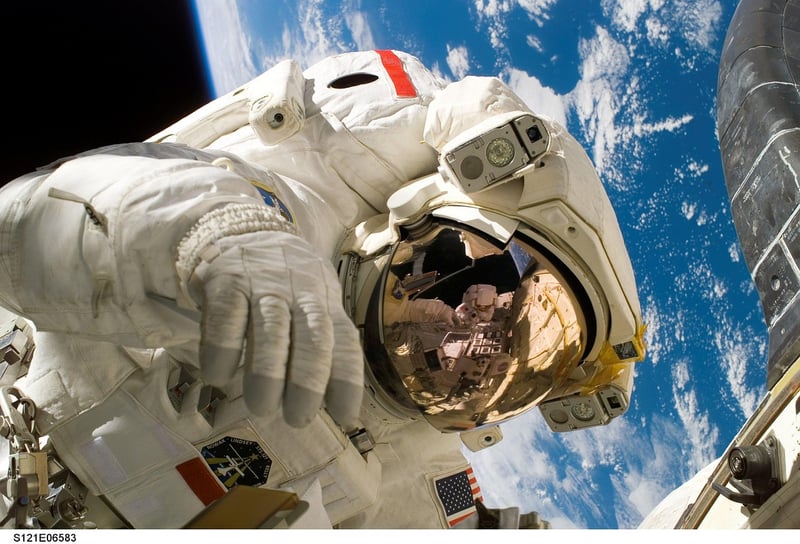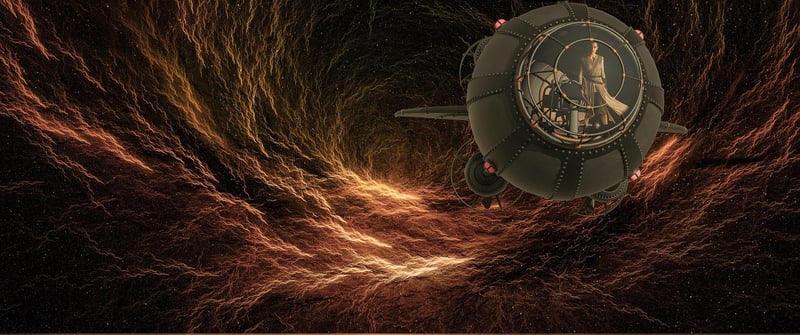Wormholes
The Fascinating World of Wormholes
Wormholes, also known as Einstein-Rosen bridges, are theoretical passages through spacetime that could create shortcuts for long journeys across the universe. This concept, popularized by science fiction, has captured the imagination of many and continues to be a subject of scientific inquiry.
How Do Wormholes Work?
According to theoretical physics, wormholes are hypothetical features of spacetime that would create a tunnel connecting two separate points in space. By bending spacetime, these tunnels could potentially allow for faster-than-light travel or even time travel, although the practicality and stability of such passages remain uncertain.
Theories and Speculations
Several theories exist regarding the formation and properties of wormholes. Some suggest that they could be naturally occurring, while others propose the idea of creating stable artificial wormholes for practical use. Scientists continue to explore the mathematical equations and physical laws that govern these exotic structures.
Challenges and Considerations
While the concept of wormholes is intriguing, significant obstacles stand in the way of their realization. The energy requirements to keep a wormhole stable, the potential dangers of traversing one, and the need to overcome paradoxes like the "grandfather paradox" in time travel scenarios are just a few of the challenges that scientists face.
Conclusion
Wormholes represent a captivating intersection of science and imagination, offering a glimpse into the possibilities of spacetime manipulation. While much remains unknown and purely theoretical, the study of wormholes continues to inspire both scientific research and creative storytelling.

Explore the wonders of the universe with the concept of wormholes, where science meets science fiction, and the boundaries of reality are pushed to their limits.
For more information on wormholes and other fascinating topics in physics, visit space.com.
